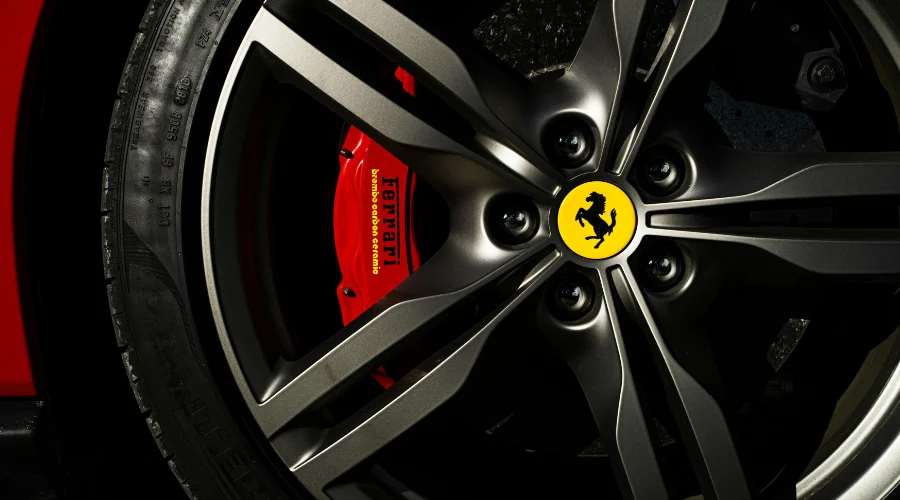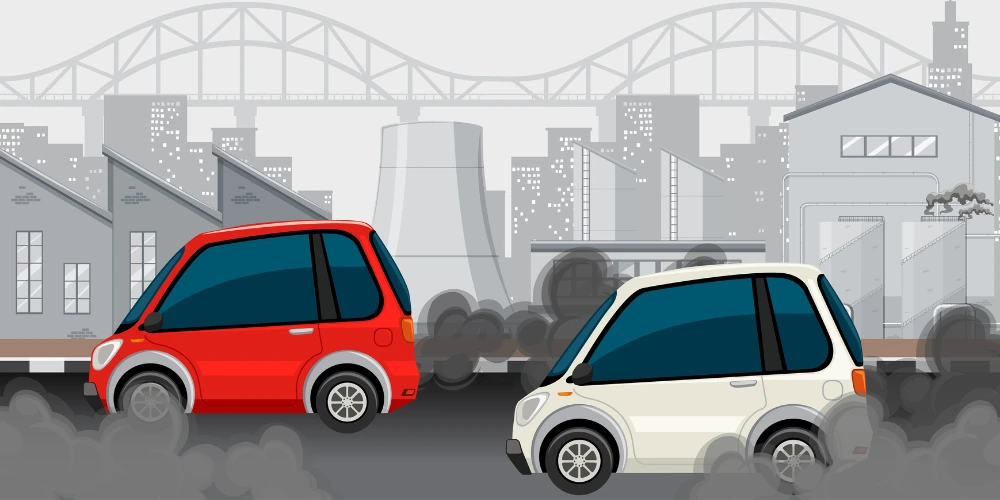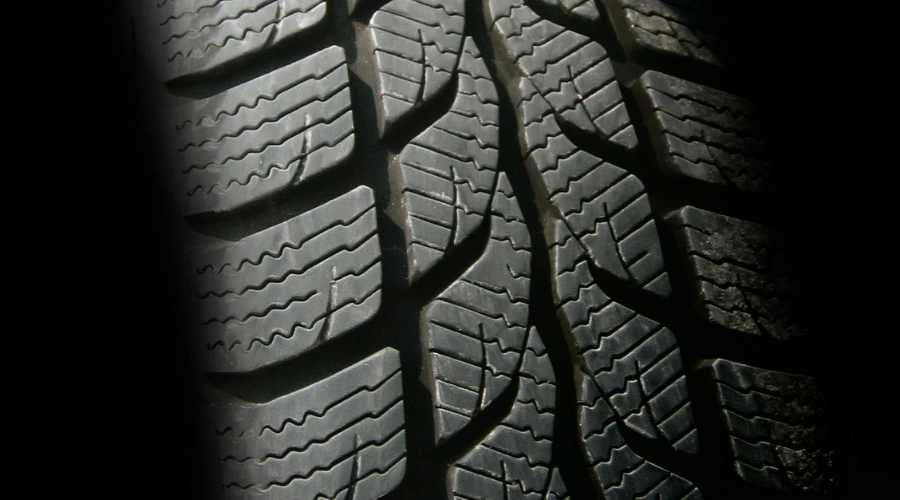Introduction: When it comes to vehicle safety, one of the most critical components is the braking system. Whether you’re an everyday driver or a performance enthusiast, choosing the right brake pads is essential for improving braking efficiency and ensuring smooth, reliable stops every time. With so many options available, it can be overwhelming to make the right choice. In this guide, we’ll walk you through how to choose the best brake pads for your needs, and explore other components that can boost your braking performance, such as steel brake lines, high-performance brake fluid, and the best brake upgrade options.
Understanding the Importance of Brake Pads
Brake pads are an essential part of your vehicle’s braking system, responsible for creating the friction needed to slow or stop your car. They press against the brake rotors when you apply the brakes, creating friction and converting the kinetic energy of the vehicle into heat. Over time, brake pads wear down due to constant use, which is why it’s crucial to select the right ones for optimal braking performance.
Choosing the right brake pads not only enhances braking efficiency but also ensures safety by providing faster response times, reducing braking distances, and improving overall vehicle control. The right set of brake pads will complement your driving style and the demands of your vehicle.
Factors to Consider When Choosing right Brake Pads
When selecting brake pads for your vehicle, several factors come into play. Below are the key considerations to make:
1. Material of the Brake Pads
Brake pads come in several materials, each offering different performance characteristics. The three most common types are:
- Organic Brake Pads: These are made from natural materials and provide a quiet braking experience. However, they tend to wear out faster and generate more dust.
- Semi-Metallic Brake Pads: Composed of metal shavings mixed with organic materials, these offer excellent braking power and durability but can be noisier and create more brake dust.
- Ceramic Brake Pads: Made from ceramic compounds, these pads offer great performance, less dust, and quieter operation, but they tend to be more expensive than other options.
For improved braking efficiency, ceramic brake pads are often the best choice as they provide superior stopping power, especially under heavy braking conditions.
2. Driving Style and Vehicle Type
Your driving habits and the type of vehicle you own should play a significant role in the choice of brake pads. For example:
- Everyday Commuters: If you drive a passenger car for daily commuting, ceramic brake pads are ideal for quiet and efficient braking.
- Performance Vehicles: If you own a sports car or enjoy spirited driving, semi-metallic brake pads are a better option, providing high heat resistance and enhanced performance.
- Heavy-Duty Vehicles: For trucks and SUVs that haul heavy loads, organic brake pads are sometimes preferred for their consistent braking power and cost-effectiveness.
3. Climate and Weather Conditions
The environment where you drive also impacts brake pad performance. If you live in an area with a lot of rain or snow, consider brake pads that offer reliable performance in wet conditions. In dry, hot climates, semi-metallic brake pads may offer better heat resistance, preventing brake fade during long stops.
Enhancing Braking Efficiency with Other Key Components
While choosing the right brake pads is crucial, improving braking efficiency often requires upgrading other braking components. Let’s take a look at some of the best ways to boost your braking performance:
1. Steel Brake Lines
Steel brake lines are a great upgrade for those looking to enhance their braking system’s responsiveness. These lines are made from braided stainless steel, which is much more durable and less prone to swelling compared to the stock rubber brake lines. When brake lines swell under pressure, it can result in decreased braking performance. Steel brake lines maintain a consistent brake pedal feel, leading to quicker, more precise stops. For anyone upgrading their right brake pads or looking to maximize braking efficiency, steel brake lines are a must-have addition.
2. High-Performance Brake Fluid
One often overlooked aspect of improving braking efficiency is the quality of the brake fluid. High-performance brake fluid is designed to withstand higher temperatures, reducing the chances of brake fluid boiling during heavy braking. When brake fluid boils, air bubbles form in the brake lines, resulting in spongy brakes and reduced stopping power. High-performance brake fluid, such as DOT 4 or DOT 5.1, offers superior heat tolerance and ensures that your brake system remains effective even under intense driving conditions.
3. The Best Brake Upgrade for Performance Vehicles
For those seeking an extreme level of braking performance, the best brake upgrade might include a combination of high-performance brake fluid, steel brake lines, and high-quality brake pads. Other components to consider include larger rotors, upgraded calipers, and ventilated disc brakes. These upgrades are perfect for sports cars, track enthusiasts, or any driver who demands the absolute best in braking performance.
Conclusion: Making the Right Choice for Your Braking System
Choosing the right brake pads is vital for enhancing braking efficiency and improving your vehicle’s overall safety. Consider the type of material, your driving habits, and your vehicle’s specifications when making your choice. Remember that upgrading other braking system components, such as steel brake lines and high-performance brake fluid, can complement your new brake pads and further enhance your vehicle’s braking capabilities.
Whether you are looking for reliable everyday brakes or extreme performance for racing, investing in quality brake pads and we are also giving you used and remanufactured transmissons on sale and accompanying upgrades will ensure that your vehicle delivers the best possible stopping power, safety, and reliability.




